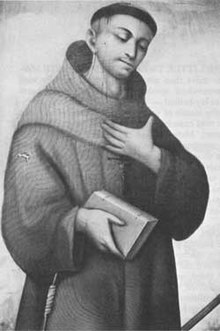Mission Puerto de Purísima Concepción
Former 18th-century Spanish mission in California From Wikipedia, the free encyclopedia
Former 18th-century Spanish mission in California From Wikipedia, the free encyclopedia
Mission Puerto de Purísima Concepción was founded near what is now Yuma, Arizona, United States, on the California side of the Colorado River, in October 1780, by the Franciscan missionary Francisco Garcés. The settlement was not part of the California mission chain but was administered as a part of the Spanish missions in Arizona. The Mission site and nearby pueblo were inadequately supported, and Spanish colonists seized the best lands, destroyed the Indians' crops, and generally ignored the rights of the local natives. In retaliation the Quechan (Yuma) Indians and their allies attacked and destroyed the installation and the neighboring Mission San Pedro y San Pablo de Bicuñer over the three days from July 17 to 19, 1781.[1][2][3]
 A 1923 reconstruction of the original mission | |
| Location | Winterhaven, California |
|---|---|
| Name as founded | La Misión Puerto de Purísima Concepción |
| English translation | The Mission Port of Purest Conception |
| Patron | The Immaculate Conception |
| Founding date | October 1780 |
| Founding priest(s) | Fathers Juan Barreneche and Francisco Garcés |
| Founding Order | Franciscans |
| Native tribe(s) Spanish name(s) | Quechan Yuma |
| Current use | Nonextant |
| Official name: Mission la Purísima Concepción (site of) | |
| Reference no. | #350 |

Today, only a historical marker on Picacho Road in Fort Yuma, California, one mile south of Winterhaven Road identifies the site.
California Historical Landmarks read:
Seamless Wikipedia browsing. On steroids.